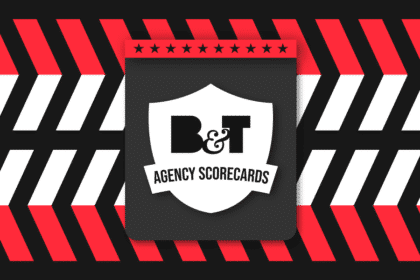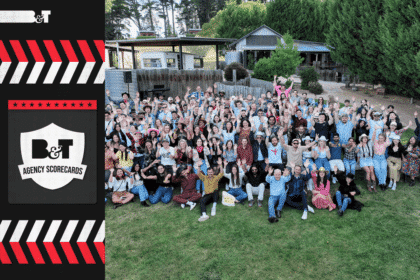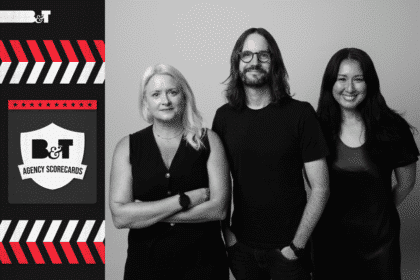A global study of over 7,000 frequent emoji users revealed that only half of Australian emoji users (57 per cent) feel their identity is adequately reflected in current emoji options, and as a result, 85 per cent believe emojis need to continue to strive for more inclusive representation of users.
The importance of inclusion is even more prominent within diverse subgroups. Globally, just 43 per cent of transgender respondents feel their identity is reflected through emojis and 51 per cent of global LGBTQI2+ emoji users want to see more sexual orientation representation.
The Adobe Global Emoji Diversity & Inclusion Report unpacks attitudes and desires regarding culture, race, gender, sexual orientation, disability and age representation through emojis.
The 2021 Report highlights the huge communication power emojis hold in modern day culture. 75 per cent of Australians feel emojis are an important tool for creating unity, respect and understanding, while 73 per cent say inclusive emojis can help spark positive conversations about important cultural and societal issues.
“Emojis are a huge part of the way we communicate in Australia and can empower users to express their identity far beyond common appearance,” said Paul Hunt, Typeface Designer & Font Developer at Adobe. “As we continue to see a rise in emoji users, it’s crucial we ensure inclusiveness and representation for all Australians, regardless of their racial identity, gender identity, sexual orientation or cultural identity. If we are not able to accurately express ourselves because we can’t find an emoji depiction that feels right to us, then we miss the opportunity to share meaningful aspects of our personhood with the people we are engaging.”
Gaps in Representation
The biggest societal gaps in the current emoji keyboard are greatly affecting the LGBTQI2+ community, and those living with a disability or impairment. 72 per cent of Australian LGBTQI2+ respondents felt they are not strongly represented by the emoji keyboard and almost one-third (31 per cent) of Australians living with a disability believe their disability or impairment is not adequately represented in the current available emojis.
The small number of available skin tone modifiers is another cause for concern for many. While over a quarter (27 per cent) of Australian respondents actively use skin tone modifiers to customize their emoji, 38 per cent believe there are not enough skin tone options to accurately reflect their racial identity. An important statistic to note, given 51 per cent feel using a skin tone modifier that does not match a person’s racial identity is insensitive and uncomfortable.
When it comes to appearance, nearly half (50 per cent) of Australians also wish they had more customisation options to better reflect their personal identities and many feel more could be done to represent a user’s age (41 per cent), culture (37 per cent) and ability/disability (35 per cent). The top three customisations that Aussie emoji users are looking for include different hairstyle/colour (43 per cent), accessories (33 per cent) and body type (33 per cent).
“The world is moving at a rapid pace, and the 2021 Report findings highlight that our current emoji keyboards need to better adapt to align with modern values. Today, we are formally announcing Adobe’s partnership with Emojination, who share our commitment and advocacy for more inclusive and representative emojis. It is our ambition to work with Emojination to provide education and support for people navigating the Unicode emoji proposal process, with the ambition to drive greater inclusivity for all”, said Hunt.
Gen Z Greatest Emoji Ambassadors
When it comes to generational differences, Gen Z and Millennials are most likely to agree emojis should continue to strive for better and more inclusive representation (86 per cent), compared to 82 per cent of Gen X and 77 per cent of Baby Boomers.
The age groups also align with the power of emojis to contribute to increasingly important societal conversation, with 72 per cent of Gen Z feeling additional customisation options help make emojis more inclusive and 79 per cent of Millennials agreeing that inclusive emoji can help spark positive conversations about important cultural and societal issues.
Despite wanting to see more from the emoji keyboard, globally, Gen Z are the generation to feel best represented (65 per cent) by emojis and are most likely to customize emojis to better reflect their personal appearance (79 per cent), compared to just 32 per cent of Boomers. Conversely, Australian Boomers (46 per cent) are significantly more likely to indicate a desire to see age inclusivity reflected in emoji options than Gen Z’ers (35 per cent).
The Future Is Bright For Emojis
The future of emojis remains powerful for Australian users. Over half of Aussie users (58 per cent) agree that the next five years will hold more development and progression, which will include more inclusive emoji options to spark and contribute to important conversations about social issues, respect and compassion.
When asked about what is on the horizon, the top three inclusive emojis Australians are most excited to see are a person feeding baby, bubble tea and person in tuxedo.
“Adobe’s support has been critical to Emojination’s five-year push for more inclusive and representative emoji, as it allows us to provide support to the passionate individuals who are pushing to see themselves and their cultures represented, which has resulted in emoji for sari, hijab, boomerang, piñata, matryoshka doll, long drum, arepa and bubble tea,” Jennifer 8. Lee, a co-founder of Emojination, said as she reflected on her ongoing partnership with Adobe.








